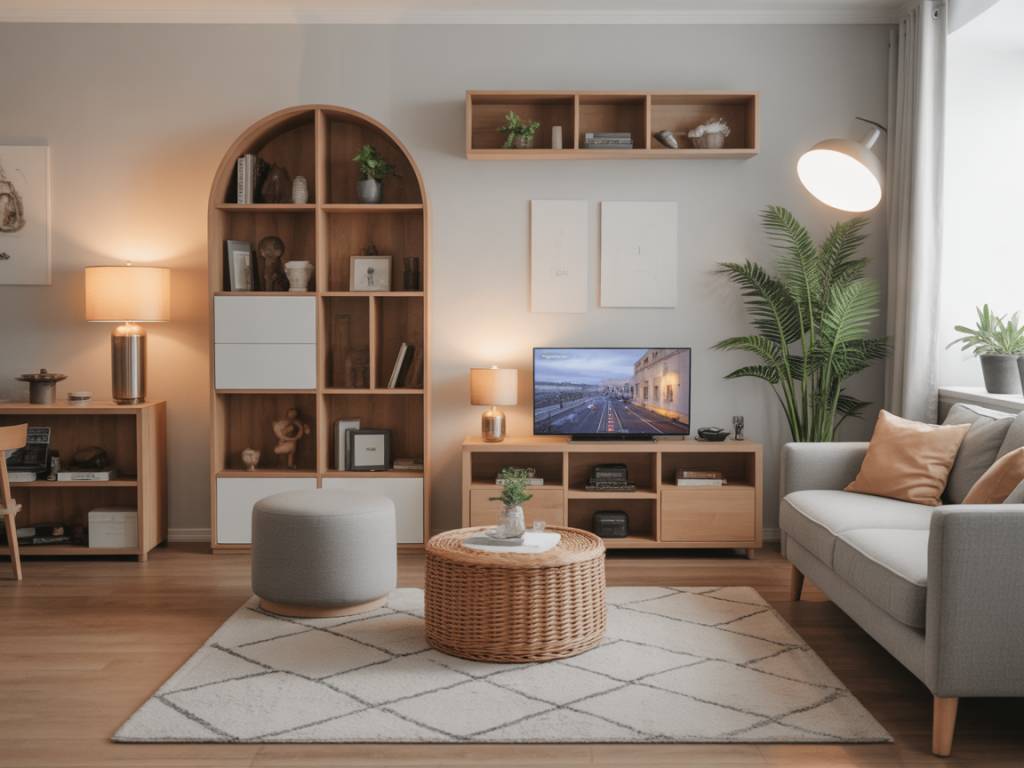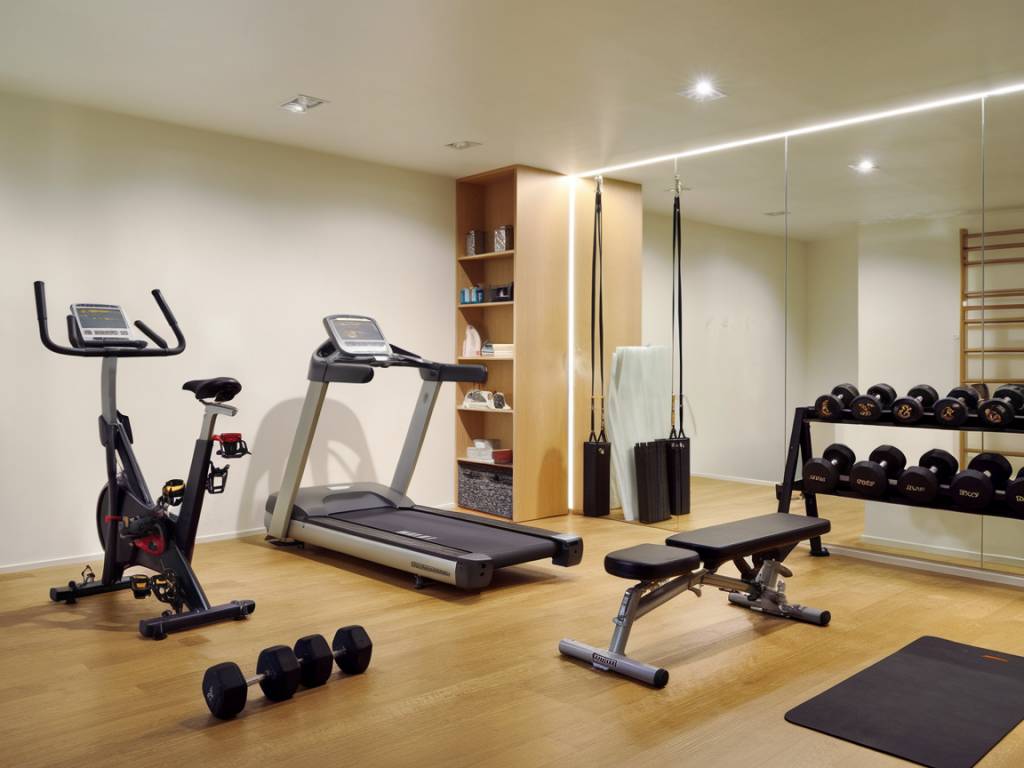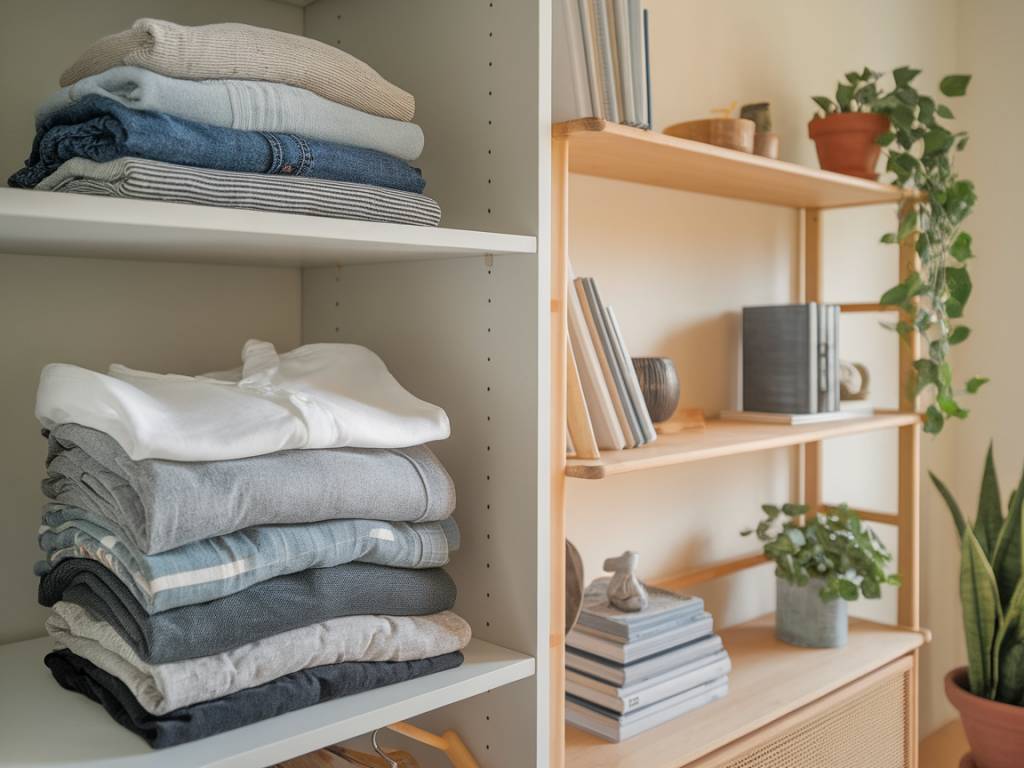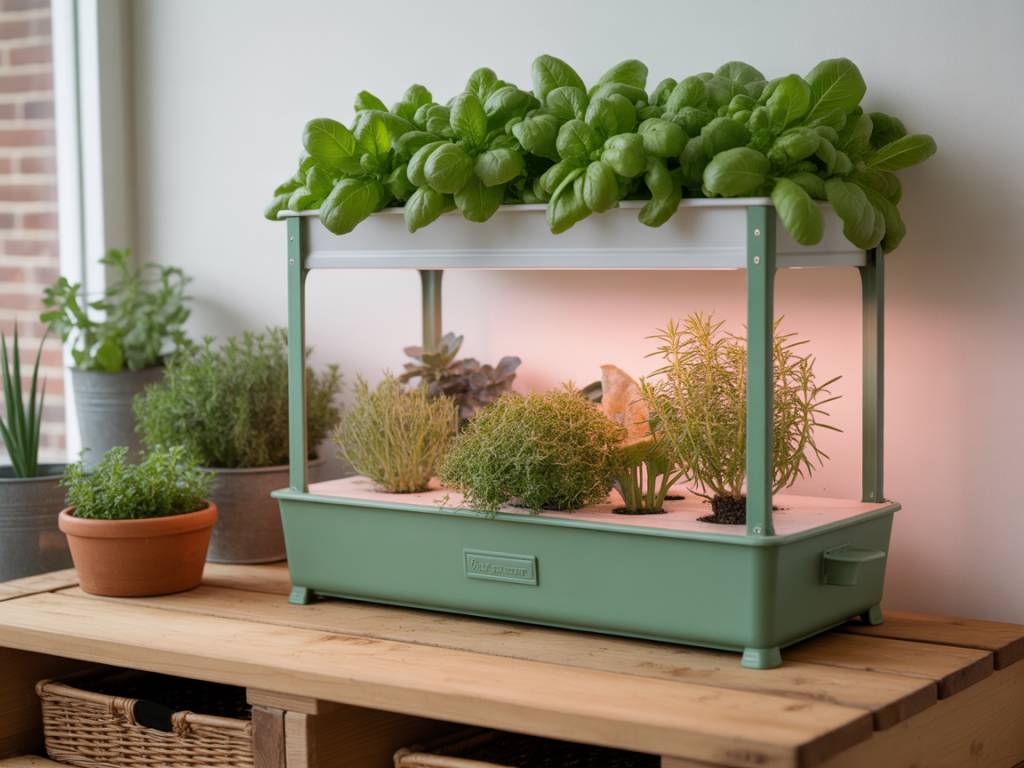Understanding the Basics of a Smart Home System
A smart home system refers to a network of devices connected through the internet that can be remotely managed, automated, and optimized for better efficiency. These include smart lights, thermostats, security cameras, doorbells, plugs, sensors, and speakers. While « smart home » may sound like a luxury, setting up an intelligent, interconnected home is more accessible and affordable than ever before, thanks to advances in technology and a growing market of budget-friendly solutions.
If you’re interested in creating a smart home system on a budget, the key is to start with the essentials, prioritize compatibility, and build gradually. This guide will walk you through practical tips and product recommendations to help you get started without spending a fortune.
Determine Your Smart Home Priorities
Before investing in devices, assess what you’re hoping to gain from a smart home system. Focus on the areas most important to you, such as:
- Home security (cameras, door/window sensors, alarms)
- Energy efficiency (smart thermostats, LED bulbs, smart power strips)
- Convenience (voice control, automation routines, remote access)
- Entertainment (smart speakers, connected TVs)
By clearly defining your goals, you can avoid unnecessary purchases and allocate your budget more strategically.
Choose a Central Smart Home Ecosystem
One of the most important steps in building a smart home system on a budget is choosing the right ecosystem. Popular platforms include:
- Amazon Alexa – Works with a wide variety of devices and offers very affordable smart speakers like the Echo Dot.
- Google Home / Google Assistant – Integrates well with Nest products and Android devices.
- Apple HomeKit – Ideal for iOS users and offers tight integration with Apple devices but may be more limited in compatibility.
Sticking to one ecosystem helps ensure compatibility between devices and often allows for easier automation routines and voice control. Many budget devices specify which ecosystems they support on their packaging or product description pages.
Start with a Smart Speaker or Display
At the core of a budget-friendly smart home system is a voice assistant device. Whether it’s the Amazon Echo Dot, Google Nest Mini, or Apple HomePod Mini, starting with a compact smart speaker or display gives you essential voice control and a central hub for automation.
Smart speakers are typically priced under $50 and frequently go on sale. These devices allow you to control compatible gadgets, create routines, set timers, stream music, and more — all hands-free.
Integrate Smart Lighting
Smart lighting is one of the easiest and most cost-effective ways to begin your smart home journey. With options ranging from individual smart bulbs to plug-and-play kits, you can improve both the convenience and energy efficiency of your lighting system.
- Smart bulbs – Brands like Wyze, Sengled, and TP-Link offer bulbs for under $15 that support color changes, scheduling, dimming, and app/voice control.
- Smart light switches – If you want to keep your existing bulbs, consider installing a smart light switch. This is especially effective for room-wide control.
- Smart plugs – Ideal for lamps and holiday lighting, smart plugs let you control and automate non-smart devices.
Look for devices that support your chosen ecosystem and offer features such as energy reporting and scheduling. Most budget smart lights connect via Wi-Fi, avoiding the need for an additional hub.
Add Affordable Home Security Devices
Security is a top motivator for many homeowners to adopt smart home technology. Fortunately, affordable smart security solutions are widely available:
- Video doorbells – Brands like Wyze, Blink, and Eufy offer budget models under $100 that provide live streaming and motion alerts.
- Indoor/outdoor cameras – Look for models with cloud or local storage options. Many offer two-way audio and night vision even at budget price points.
- Smart door/window sensors – These compact devices alert you when doors or windows are opened, enhancing peace of mind.
- DIY alarm kits – Comprehensive kits from brands like Ring or SimpliSafe can be found at entry-level price points and are easy to install.
With no monthly contracts required from many providers, you can maintain a high level of security without long-term costs.
Explore Smart Thermostat Options
Smart thermostats can significantly lower heating and cooling bills by learning your habits and optimizing energy use. While premium models like the Nest Learning Thermostat can be pricey, several more affordable models exist:
- Wyze Thermostat – Offers scheduling, remote control, and energy-saving features at a fraction of the cost of high-end alternatives.
- Google Nest Thermostat – A more affordable version of the Learning Thermostat, retaining core smart functionality.
Before purchasing, ensure your HVAC system is compatible. Many manufacturers offer online compatibility tools and helpful installation videos.
Use Automation to Maximize Convenience
One of the major benefits of a smart home system is device automation. Once you have a few devices installed, you can set up « routines » or « scenes » to automate tasks. Here are a few examples:
- Turn off all lights and lock windows at bedtime with a single command.
- Use geofencing to adjust the thermostat as you leave or return home.
- Set lights to simulate occupancy when you’re on vacation.
These automations not only add convenience but also contribute to energy savings and increased security. Most ecosystems allow you to set up these routines in their corresponding mobile apps without requiring any coding experience.
Shop Smart and Take Advantage of Deals
To stay within budget, it’s essential to shop strategically:
- Watch for sales – Major shopping events like Black Friday, Prime Day, and holiday sales are great times to save.
- Consider refurbished devices – Many retailers and manufacturers sell certified refurbished products with warranties.
- Bundle purchases – Smart home starter kits often include multiple devices at a discount.
Additionally, read customer reviews, check compatibility, and think long-term before adding new devices. Avoid impulse buys that might not integrate well with your existing setup.
Continue Expanding Over Time
Building a smart home is a gradual process. Start small with essential devices and expand your system as your needs and budget allow. Over time, you can add items such as smart blinds, door locks, leak sensors, and home entertainment systems.
By prioritizing functionality, choosing compatible devices, and capitalizing on deals, you’ll create a smart home that enhances your everyday living without stretching your budget. Whether you’re looking for security, savings, or convenience, there are practical and affordable ways to automate your home environment.







